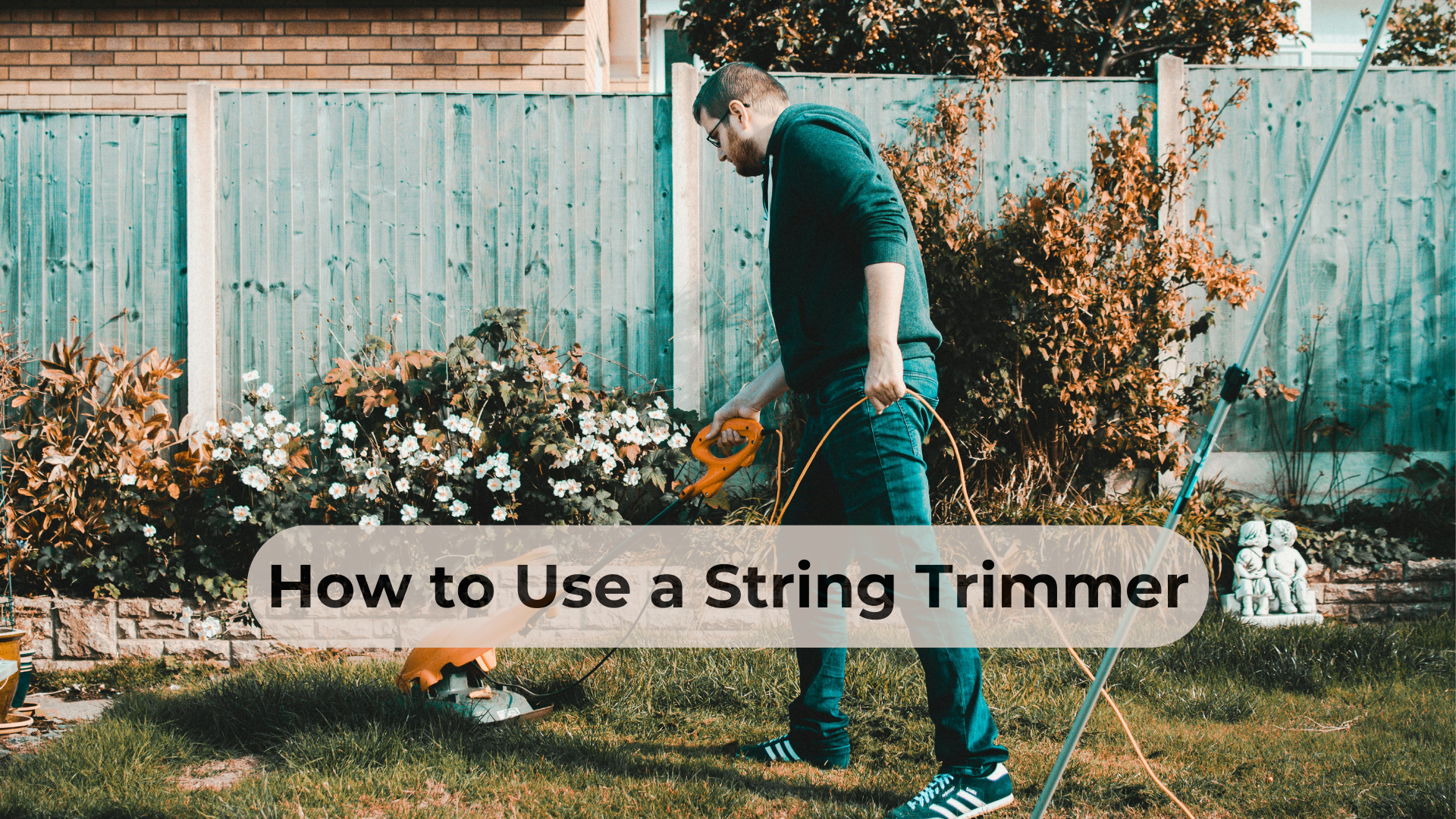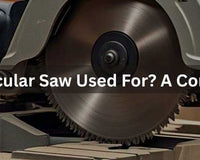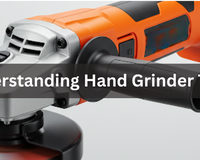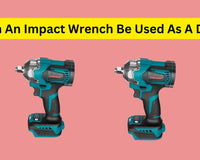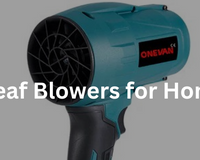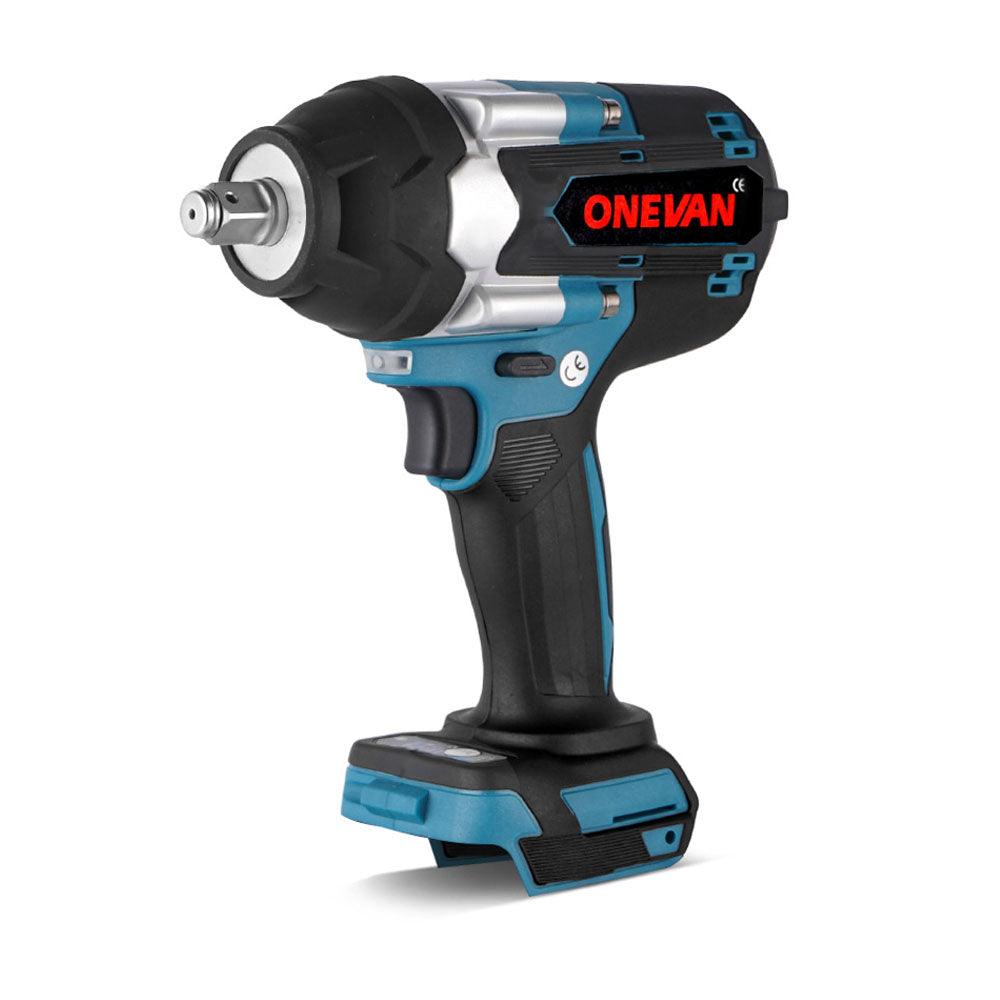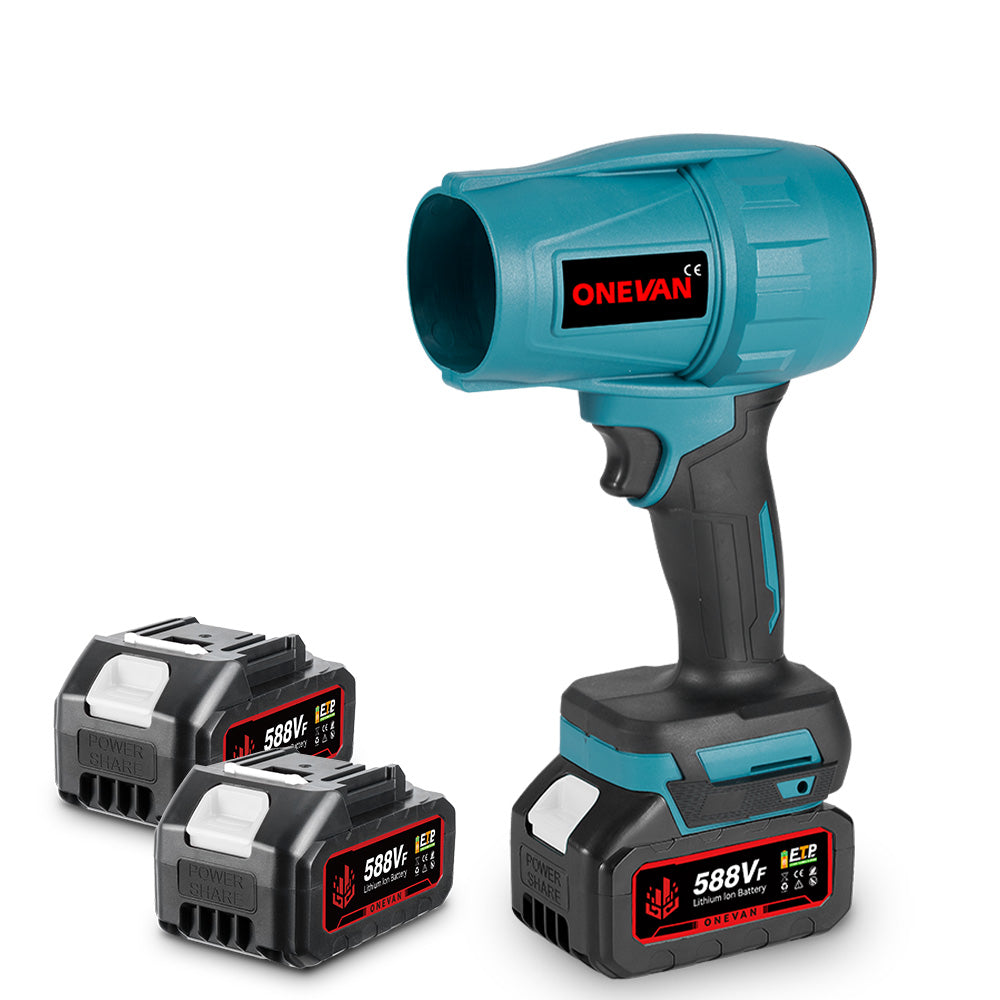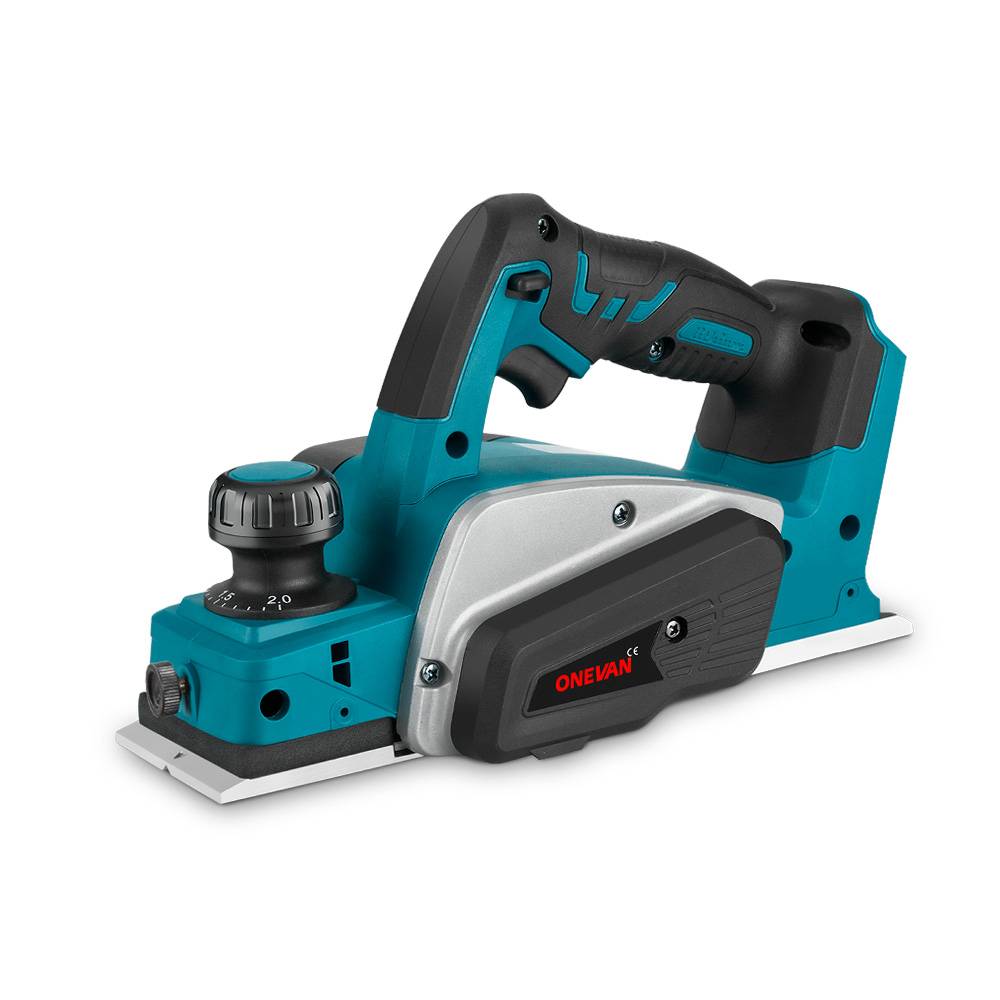Who doesn't want their lawn to look bad? Lawn mowers and trimmers are the ideal tools you can use. However, string trimmers are here to be your partner. They are also known as weed eaters and have become one of the must-have tools for lawn maintenance. It is designed to trim small grass in flat areas and to cut grass and weeds in places where lawn mowers can't reach, including around trees, flower beds, and fences. Proper and in-depth maintenance ensures the best functioning there. The day-to-day check and balance help detect breakdowns and promise effective working.
You can easily find the best cordless string trimmer with our tips and tricks. To make the lawn look beautiful and clean, you need specific tools. The tools and your creativity combine to give you the next-level overall look. With lawnmowers, most of the small grasses are not trimmed. That's why string trimmers came to the rescue. Keep reading to learn how to use a string trimmer.
1. Type of String Trimmer
There are different types of string trimmers. You decide which best meets your requirements. Keep reading to discover various kinds of string trimmers.
Gas-Powered String Trimmers
Gas-powered string trimmers are in the news for their quick functioning and their capabilities to deal with dense vegetation. They are stronger than electric trimmers, making them ideal for tough and large lawns.
Advantages:
- They are powerful enough to deal with thick grass and cut the weeds.
- Their movement is not limited to cords only. However, they allow access to large spaces.
Disadvantages:
- They are difficult to carry as they have heavy-weight engines and fuel tanks.
- There is more need for fuel refills, oil changes, and maintenance checks.
- They make more noise, which proves to be inappropriate for the residential areas.
Corded Electric String Trimmers
Corded electric trimmers are connected directly to the electrical outlet, making it an affordable option.
Advantages:
- They don't have a heavy fuel tank, making it a lighter option.
- It’s an affordable option with minimum rates
- There is no need for fuel or oil.
Disadvantages:
- They have limited movement
- It depends on the electrical outlet for the working
Cordless Battery-Powered String Trimmers
Cordless battery-powered trimmers are the perfect combination of power and convenience. They use rechargeable batteries as a source of wires and give you a restriction-free wireless experience.
Advantages:
- It's super easy to handle and carry without the weight of a gas engine.
- There is no need for fuel or oil changes, and they make significantly less noise compared to gas-powered models.
Disadvantages:
- The battery charge is typically sufficient for small to medium-sized tasks, but for larger areas, you may need to recharge or have a spare battery. Because when fully charged, their run time is generally 20 minutes to 1 hour.
- As compared to gas-powered models, they are less powerful.
2. Which is Better: Gas, Corded or Cordless Trimmers?
When choosing a string trimmer, it's essential to consider various factors such as weight, ease of use, maintenance, and performance. Below is a comparison of gas-powered, corded electric, and cordless battery-powered trimmers to help you decide which one suits your needs best.
|
Feature |
Gas-Powered |
Corded Electric |
Cordless Battery-Powered |
|
Weight |
Heavy |
Light |
Light |
|
Ease of Use |
Moderate |
High |
High |
|
Maintenance |
High (requires fuel, oil, and engine care) |
Low (plug and go) |
Low (battery care) |
|
Performance |
High (powerful, suitable for heavy-duty tasks) |
Moderate (limited by cord length) |
High (suitable for various tasks) |
3. Why Cordless Trimmers is better?
Cordless trimmers are the ultimate choice when it comes to balancing weight, ease of use, and power. They are light weight, meaning they are easy to move around and provide simplicity in your efforts. You don't have to worry about keeping them up like the gas-powered models. Being cordless, this trimmer gives you the liberty of movement without restricting yourself to a power outlet, which makes it good for lawns big and small. Moreover, they are environmentally friendly and release no toxic gases.
At ONEVAN, we often favor cordless trimmers and believe they will give the best performance to most homeowners and professionals. In addition to power and efficiency, our cordless trimmers are built for convenience, making them the best choice when it comes to lawn care.
Here are some of our top cordless trimmers that we highly recommend:
- ONEVAN Foldable Electric Lawn Mower Trimmer - Lightweight and foldable for easy storage, this trimmer is perfect for those who need a reliable tool that doesn’t take up much space.
- ONEVAN Brushless Electric Lawn Mower - With a powerful brushless motor, this mower offers a longer runtime and greater efficiency, making it ideal for larger lawns.
- ONEVAN Battery Lawn Mower - A versatile and reliable option, providing excellent cutting performance with minimal noise.
- ONEVAN Brushless Cordless Grass Trimmer - Designed for easy handling and powerful trimming, this tool is perfect for precision work around your garden.
By choosing ONEVAN cordless Power Tool, you’re investing in quality, performance, and the convenience that comes with modern technology.
4. Blade of Cordless String Trimmer
For using a cordless string trimmer, the choice of blade does matter a lot. Keep reading to know the different types of blades and their pros.
Plastic String
Plastic strings are commonly used for daily lawn maintenance and are designed to cut grass and small weeds without damaging your lawn. They are designed to cut grass and small weeds without harming your lawn. The most common applications are to trim flower beds, sidewalks, and other delicate areas.
Metal Blade
Metal blades are perfect for more difficult tasks that require more power. They are used to cut thick weeds and overgrown grass. Metal blades can easily handle vegetation that plastic strings can't. Make sure your battery-powered trimmer is strong enough to handle the blades' weight and cutting force. Most importantly, eye protection is a must, so you should wear eye protection and gloves to prevent any mishap.
Alloy Saw Blades
Alloy saw blades are ideal for cutting shrubs and woody vegetation. They are perfectly made to handle denser material than plastic strings and standard metal blades. They can handle small and medium-sized branches.
5. How to Use a Cordless String Trimmer
How to Use a Cordless String Trimmer to Clean Up Longer Grass and Weeds
- First, you must make sure that the battery is fully charged before initiating the trimmer. Most trimmers have an indicator to display the battery levels.
- Do check the trimmer to see if there is any damage. Also, see if the string is loaded or not.
- Adjust the handle and shoulder strap for comfortable operation. The handle should be set at waist height for best control and efficiency.
- Follow the manufacturer's instructions to turn on the trimmer using the power switch or trigger.
- Keep both hands on the trimmer, strengthening the grip and keeping the cutting head close to the ground. Make sure that the trimmer moves in sweeping mode to cut grass and weeds.
- The work area is divided into different sections, which ensures maximum coverage and prevents extra work for the trimmer.
- You should be alert of sticks, rocks, and debris so the trimmer is not damaged.
- Once you are done, switch off the battery trimmer and eliminate the battery. Keep the trimmer in a dry and safe environment.
How to Use a Cordless String Trimmer to Prune Edges or Trim
- Ensure the battery is charged enough and the string is in decent condition.
- Depending on your requirements, highlight the edges of the path or flowerbed.
- Decide the cutting height of the trimmer head to ensure that trimming is done evenly.
- You should hold the trimmer as the cutting head is perpendicular to the ground. It will help you get evenly cut.
- Keep the trimmer moving slowly with the marking. Ensure the sweeping movement is done so the soil and plants are not damaged.
- During the movement, keep checking that the edges are straight and clean.
- Once finished, switch off the after finishing, turn off the trimmer, remove the battery, and clean the cutting head by removing any grass, dirt, and debris with a brush or cloth.
Techniques:
- To avoid uneven cuts, make sure you have a consistent angle.
- Smooth and controlled movements result in even and precise cuts.
- You should trim it so it doesn't damage the soul and surrounding plants.
How to Use a Cordless String Trimmer to Prune Branches and Shrubs
- When using a trimmer, wear protective gear such as goggles, gloves, and long sleeves. To avoid any problems, make sure that the area is accessible from the pet and dirt.
- Your trimmer should have some suitable cutting attachment for pruning. Some trimmers are not designed for heavy pruning.
- To cut the branches, hold the trimmer so that the cutting head approaches from the side instead of the front.
- Switch on the trimmer and start cutting small branches. Gradually move to the larger branches, then.
- Divide the larger shrubs into sections and prune them slowly. This makes sure about the accuracy.
- Make sure to step back and check your pruning. Check the shape of the shrub is even.
- Once you finish pruning, switch off the trimmer and remove the battery. Now dispose of the trimmed branches.
6. How to Change the Blade for a Cordless String Trimmer
Regularly change the blade and string to maintain your trimmer and extend its lifespan. A well-maintained blade ensures effective cutting and reduces strain on the motor. Replacement is necessary to lessen the burden on the trimmer and avoid damage.
How to Change the Plastic String:
1. The trimmer is powered off, and the battery is removed to avoid mishap.
2. Find the spool at the trimmer head. This spool holds the plastic string.
3. Press the tabs on the sides of the spool to release it. You can also use a tool and then gently pull it out.
4. Remove the leftover plastic strings from the spool. If they are tangling, discard them.
5. Cut the new plastic string to the length specified in your trimmer's manual, usually around 10-15 feet. Add the latest string to the pool. Make sure the string is settled in the spool's slot.
6. Now, keep the spool again in the trimmer head and keep pressing until it returns to its place.
7. Now, re-enter the battery and switch on the battery powered trimmer. It's time to check the new string feeds.
How to Change the Metal Blade:
1. switch off the trimmer and detach the battery to ensure safety during trimming.
2. if possible, make sure to add a protective covering.
3. You should use the ideal tools to remove the nut and bolt, keeping the old metal blade in place.
4. You should be careful while detaching the old blade from the trimmer head area.
5. Keep the new metal blade and trimmer head aligned. Ensure the position is correct and adjust it with the bolt and nut tight so it doesn't lose during use.
6. Now reattach the cover again if it's removed.
7. Re-add the battery and switch in on the battery trimmer again to see the working of a new blade.
How to Change the Alloy Saw Blades:
1. The primary step is to shut down the trimmer and eliminate the battery. This is the most important step for safety.
2. Now remove the cover of your trimmer so you can access the alloy saw blade.
3. Choose the tools ideal for loosening and mounting the bolts and nuts. Now, it's time to remove the old alloy saw blade's old securing. Carefully remove the old blade.
4. Now, place the alloy saw blade in the trimmer head. Ensure the blade is aligned with the trimmer head and seated securely by checking that it does not wobble or move when tightened. Use bolts and nuts for better security.
5. Now reattach the cover.
6. Add the battery again and switch on the trimmer to see if the blade's working.
7. Conclusion
Caring for your lawn is a common passion and hobby. With the right tools and a bit of creativity, you can achieve an ideal lawn. Lawn mowers and trimmers can help you give your lawn an ideal look. The battery string trimmer is the savior. Cordless string trimmers give you well-designed solutions for taking care of your lawn and garden. The best cordless string trimmer gives you ease of use, less maintenance, and free movement.
Now, you should have a clear understanding of how to use a string trimmer and its importance in maintaining a beautiful lawn. Day-to-day maintenance keeps your battery string trimmer up to date and increases its lifespan. By following the proper guide, you can keep your trimmer in good condition for a longer run and use it effectively. For any queries, please comment below. Thank you.
8. FAQ
What safety equipment should I wear while using a string trimmer?
It's recommended to wear the safety gear whenever using a string trimmer. It will help you protect yourself from dust and any accidents. The recommended safety gear includes safety goggles, gloves, and long sleeves. For gas-powered models, hearing protection is also advisable.
<Can I use a cordless string trimmer in wet conditions?
It's not practical to use any electrical or cordless string trimmers in wet conditions. Wet grass and moisture can create electrical hazards and negatively impact the trimmer's functioning. Make sure to use a trimmer in dry conditions to avoid any mishaps. If it's wet, first let it dry and then use it.
How do I know when to replace the string or blades?
If the strings are worn out or broken, simply replace them. On the other hand, if the blades are dull or damaged, you need to replace them.

